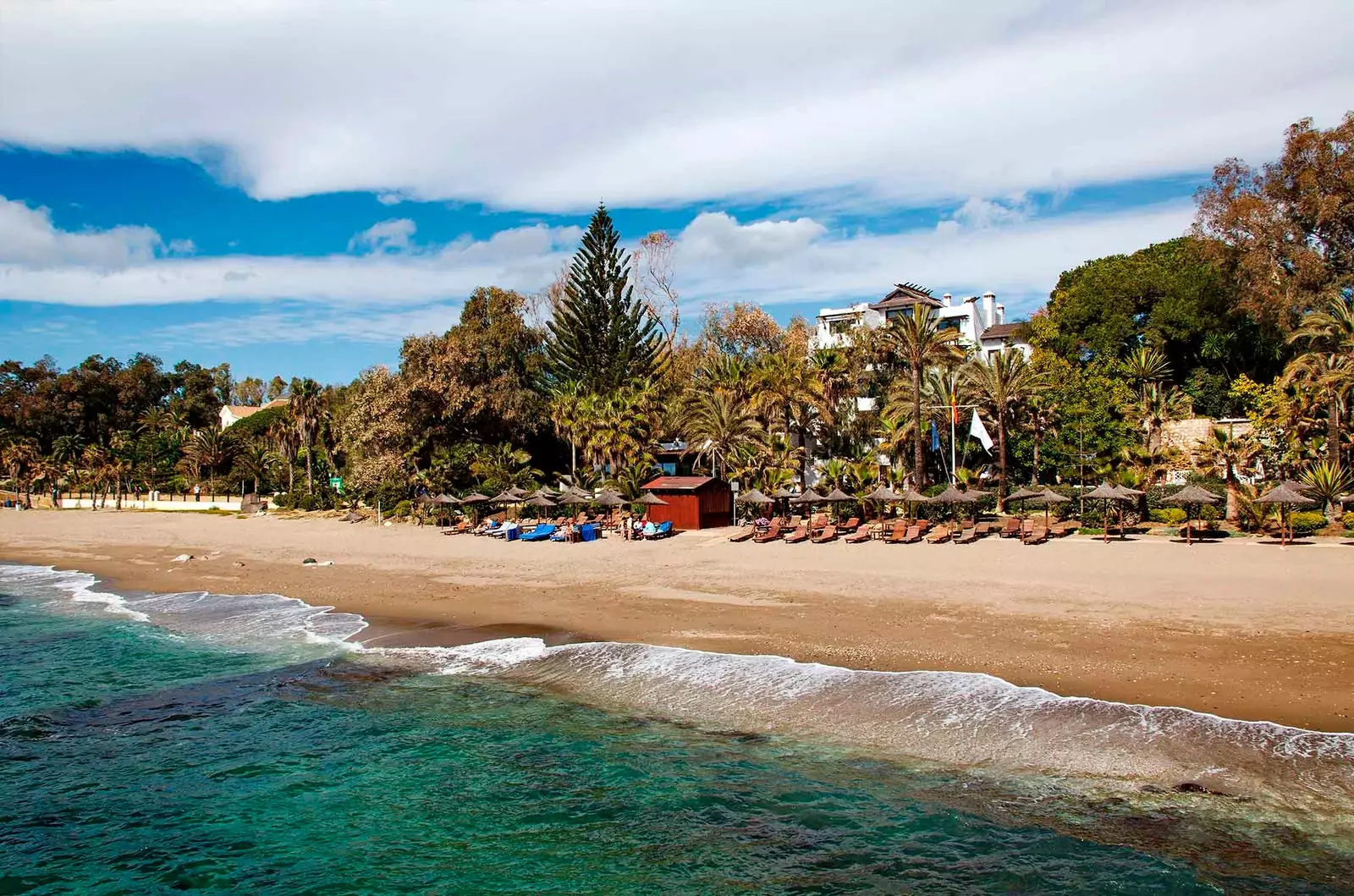
The beach of the mythical Marbella Club
The evolution of Marbella, from a farming village to a haven for princes and princesses , has, for many, a romantic halo. It is almost possible to fictionalize the arrival in that Eden of Ricardo Soriano , “eccentric aristocrat and playboy” -the quote is from the hotel Marbella Club -that he fell in love with its virgin coast without even seeing it, seduced by the words of a landowner who tempted him with the charms of Mediterranean life.
That was before, long before Gil's arrival. The mayor of Marbella from 1991 to 2002 is today, 14 years after his death, unexpectedly 'in'. The reason?: The premiere of the pioneer, an HBO documentary that revolves around his controversial figure and that will premiere on the platform on July 7. But what was the jet set mecca like before Gil arrived?
“MARBELLA WAS NOTHING UNTIL GIL ARRIVED”
“Without any kind of historical basis, it has been excessively common to hear in recent decades that Marbella, until recently, had only been characterized as a charming little fishing village. The gilists evoked, whenever they could, this false image that swings, without a doubt, between a romantic and excessive lyricism about seafaring life and a manifest desire for discredit the past of the city based on the misleading assumption that links fishing with poverty, marginality, illiteracy and cultural scarcity”.
who speaks like this is Curro Machuca , a historian from Marbella who is highly critical of Gil's administration, who denies the cliché that “Marbella was nothing until Gil arrived”. “There is, directly related to the previous topic, another even more perverse: if Marbella is known, if there is anything of tourist interest in this city, it is all thanks to the disinterested commitment that Jesús Gil made for it . He gave up his time, his money and all his strength for nothing”.
Although, as Machuca himself acknowledges, it is true that, until the mid-1950s, Marbella was a sparsely populated agricultural town, it was the irruption of tourism -which in a short time ended up becoming the main economic activity of the city- which radically transformed its appearance. And that happened many decades before Gil even set his eyes on the Costa del Sol.
So let's go back to the beginning. To the story of Ricardo Soriano, Marquis of Ivanrey, who, already in 1947, bought an estate on Marbella land, El Rodeo, which he converted into a modern hotel establishment. He himself received, above all, the French travelers who stopped on their trips to Morocco , but also, of course, to other friends and relatives of the nobleman, who soon allowed themselves to be seduced by the beauty of that always sunny land, on whose shores the forests and the sea caressed.
One of them was the German prince Max, Soriano's cousin, who fell in love with the paradisiacal enclave of an old estate and took it over. “Although his father, Prince Max, settled for sit under the pine trees and eat fresh fish and seafood , the young prince Alfonso had more ambitious plans for the Mediterranean refuge of his family ”, they explain again from Marbella Club, the oldest hotel in the area, called to change the way of life of that coastal town forever.
The 20 rooms of that family estate were opened to travelers in 1954. “At that time, life on the Costa del Sol was simple, pleasant, cheap and easy”, They remember from the hotel. Shortly after, in 1957, Count Rudi, the prince's cousin, took over the title of deputy manager of the accommodation: "Every week we gave at least three parties: a treasure hunt, a costume party on the beach... There was always someone event," he explains.
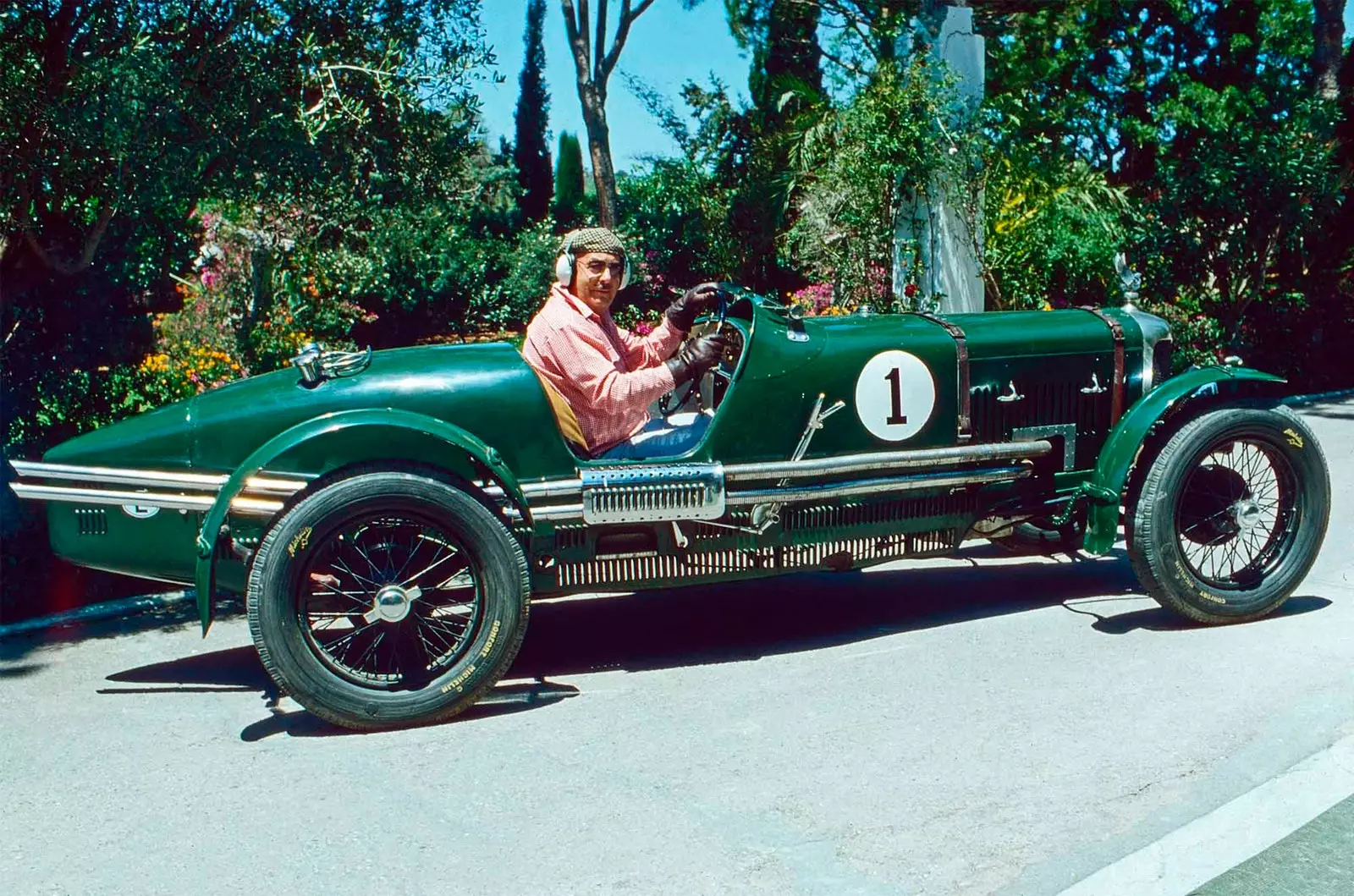
Prince Alphonse of Hohenlohe
in those celebrations it was easy to meet aristocrats and monarchs , an effect that was multiplied when Juan de Borbón, Count of Barcelona and father of Juan Carlos, "moored his yacht off the coast, causing the Spanish high society to come to pay homage to him", as reported by Marbella Club.
But not only the international jet set visited the hotel: also the wealthy neighbors who wanted to make some phone call. “There were very few phones available and there were only two lines on the entire coast, from Algeciras to Malaga, and one depended on the kindness and efficiency of the operator in the city to make the connection to one of those two lines when they were available. Knowing this, you will not be surprised when I tell you that, to establish a connection to Malaga, it took between one and two hours, and to connect with Madrid or any other European capital, between four and six. In this way, the client had enough time to take a bath, play tennis, have lunch or play a game of rubber bridge while waiting for the connection, and therefore, there was a very lively atmosphere in the Club (in addition to extra income) ”. It is explained by the aforementioned Count Rudi, who writes about the beginnings of his hotel for Panorama , the oldest real estate agency in Marbella.
The Hotel San Nicolás, owned by the aristocrat Carlos de Salamanca, also opened in 1957. Another mythical establishment, the Puente Romano, would be inaugurated shortly after, in 1974. “Tourism growth was so fast that Marbella, in 1964, already had 16 hotels , in addition to multiple residences, hostels and apartments, more than forty in number, ”says the history expert.
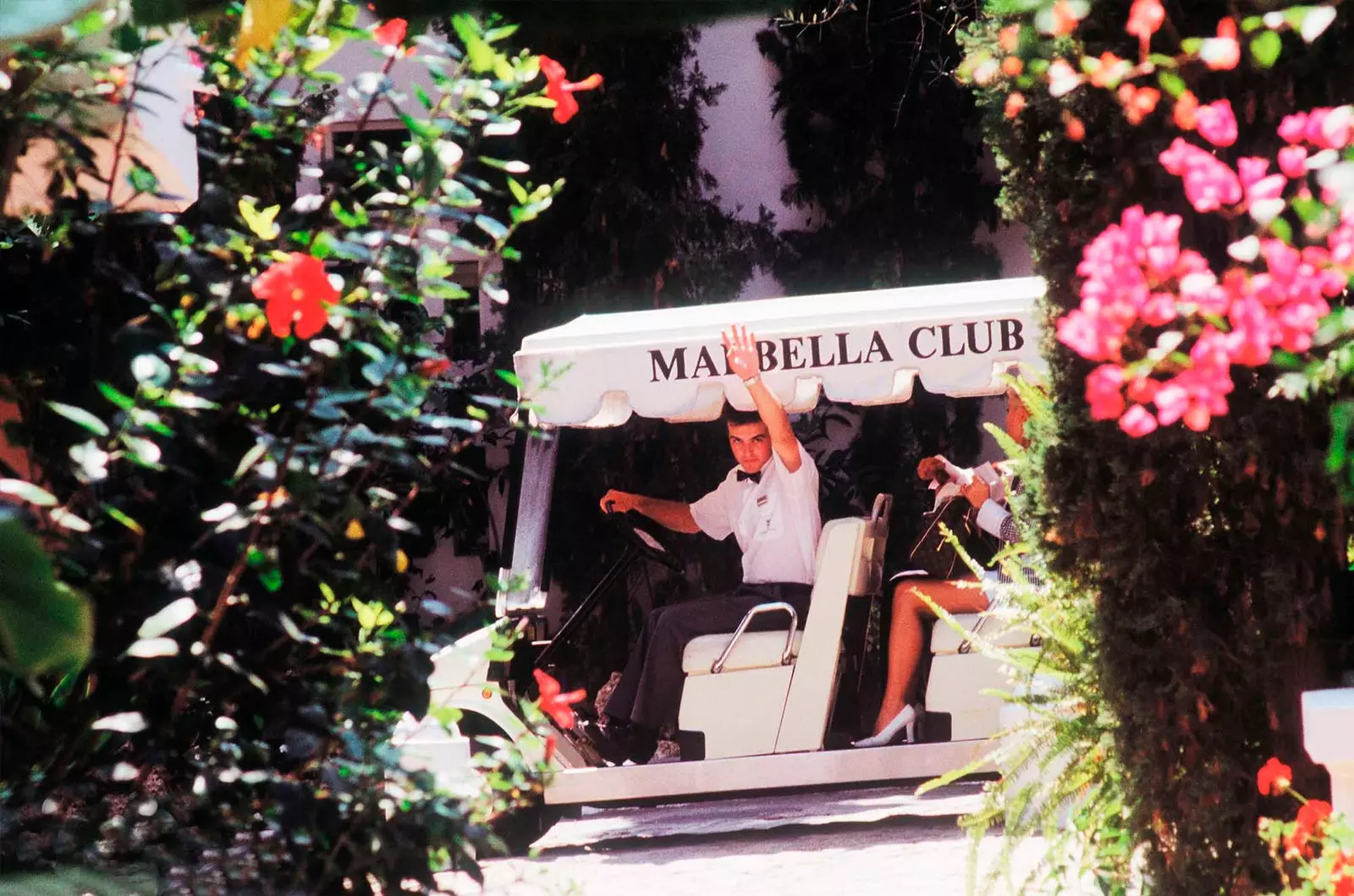
The Marbella Club, a pioneer in Marbella hospitality
"Many of the most outstanding European families, at the same time, also acquired a residence to spend long periods in the municipality of Marbella -for example, the writer highlights Edgar Neville, the Thyssen-Bornemisza, the Bismarck family or Jaime de Mora y Aragón –, which ended up turning Marbella, with its temperate climate, its almost virgin coasts, its cane fields and its pine forests, sometimes even by the sea, into one of the main tourist destinations of international high society, whose members , above all they were looking for exclusivity, intimacy, discretion and tranquility”, he also points out.
“Marbella, it is clear, never opted for the tourism model that was implemented in places like benidorm , Canary Islands or Torremolinos , something that Jesús Gil y Gil, when he arrived years later, knew very well. Possibly, he would not have arrived in these lands, seeking to make his fortune as a real estate developer, if the economic fabric of Marbella had been different”, he warns. But we haven't gotten to that part of the story yet.
Let's say, for now, that, motivated by the strength of tourism, Marbella went from just over 10,000 inhabitants in 1950 to 80,600 in 1991, an increase of 703.82% promoted, above all, by immigrants from the Andalusian interior trading hoes for jobs in the hospitality industry.
Along with the tourist boom, the socioeconomic complexity of the municipality was on the rise”, analyzes Machuca. “Not only were luxurious residential developments built in this way, in the case of Nueva Andalucía, Guadalmina or Elviria, but new neighborhoods also arose to welcome newly arrived working families, which ended up reducing and dismantling the traditional agricultural space that surrounded the nuclei of Marbella and San Pedro Alcántara. It is now that, in order to solve the housing deficit, the Pilar-Miraflores and Divina Pastora neighborhoods, made up of flats of limited-subsidized rent”, he explains.
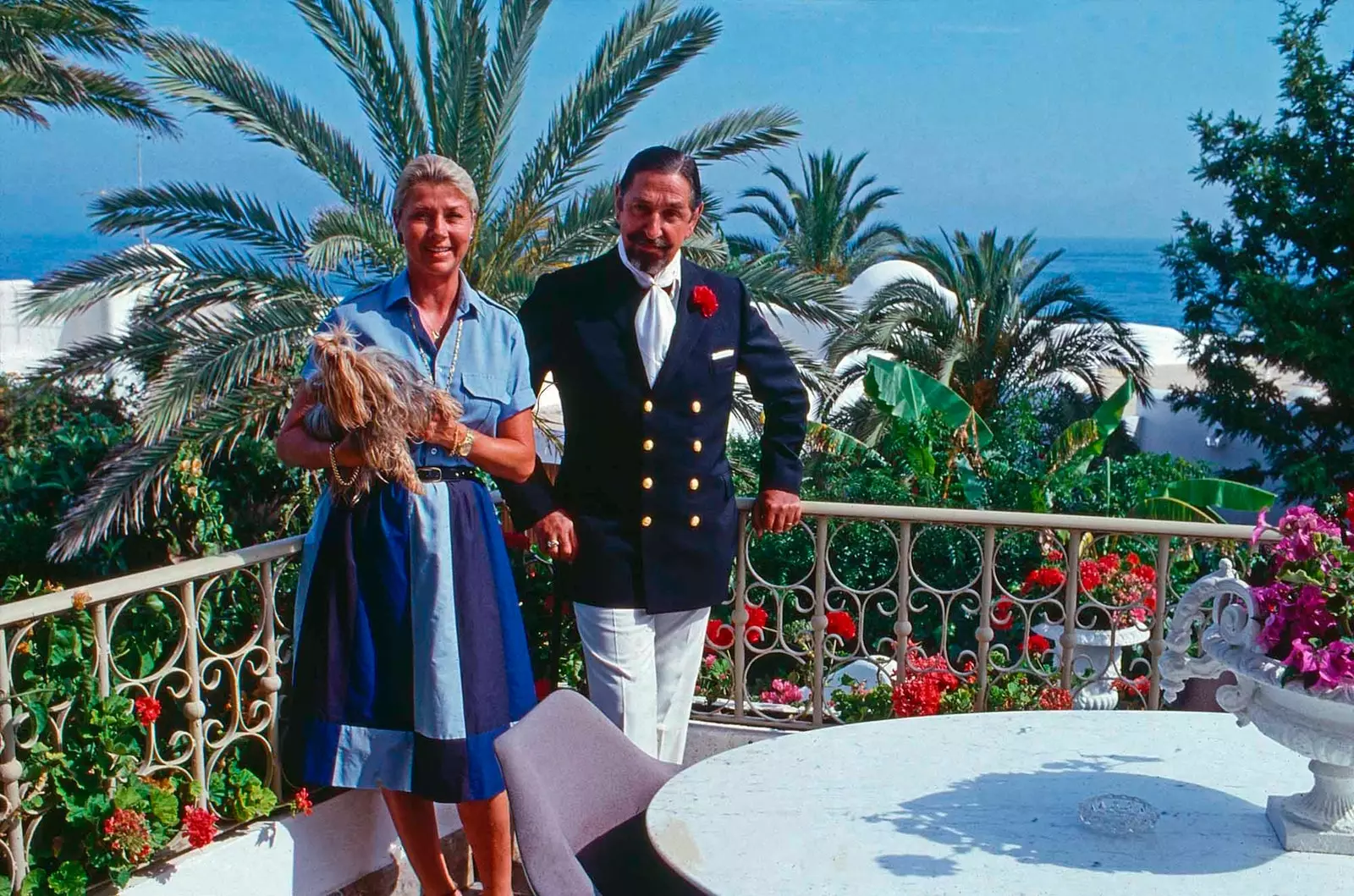
Jaime de Mora y Aragón and his wife, regulars in Marbella
In addition to these developments, promoted by the same aristocracy that fell in love with Marbella's beauty in those first hotels, it was also built, in 1970, Puerto Banus. Its promoter, in this case, was the Catalan José Banús Masdeu, a businessman who, according to Machuca, had strong links with the Franco regime.
In fact, the historian says that Soriano also had them: "If the 2nd Marquis of Ivanrey was able to develop all the projects that arose from his singular inventiveness and his adventurous desire, it was because his extravagant hobbies and excesses were never the object of any kind of criticism or censorship by the oppressive and moralistic Franco regime, which could always count on the fortune of the aristocrat and his extensive network of European contacts”, he writes in Marbella and the beast .
MARBELLA FROM THE 70'S
“When we arrived, Marbella was still a small town. (...) Donkeys could still be seen in the streets transporting goods and making their way between the Seat 600 and the square Seat 124 Sedan. The general two-way road that went to the airport passed through the center of Fuengirola and Benalmádena Costa and was known as the ' Death road '. Infrastructure was generally poor and unreliable, there were power outages almost every month , understandable when the population had multiplied two and a half times in relation to the previous decade”.
It counts Christopher Clover , founder of Panorama, who arrived in Marbella in the 70s from his native United States. "Only going to the Marbella Club once or twice a week did I meet the crème de la crème of Marbella, where I made many friends, who in turn introduced me to their own friends," recalls the American, who chartered aircraft from his land to show the town - at that time, less than 30,000 people - to countrymen interested in acquiring a home in it.
However, a few years later, the best audience for luxury residences began to come from middle East : “In the mid to late 1970s, we sold a lot of property to the Saudi Royal Family and other Middle Eastern clients,” says Clover.
They were famous, in fact, gigantic retinues who were traveling with King Fahd, monarch of Saudi Arabia. "Waste. An entourage of 3,000 people, 200 Mercedes, helicopters, planes and an army of bodyguards have been brought to Marbella. King Fahd's troupe spends six million euros (1,000 million pesetas) on whims every day. But what he leaves behind in his country is shocking”, published El Mundo in August 2002.
“His return to Marbella was expected like rain in May, especially after the experience of his last stay in the city, summer 1999, when the royal family spent some 90 million euros (15,000 million pesetas) in just two months . A tip, considering that Forbes magazine estimates his fortune at $30 billion. On this occasion, his visit and that of his inseparable petrodollars could make the mediocre tourist year in the city go unnoticed economically, and in that of splendor, the scarcity of famous faces”, they wrote, in turn, in The country .
Hand in hand with these enormous fortunes came other anonymous names for the general public that began to become known, such as Adnan Khashoggi : “Khashoggi's parties, which could last a week, were part of his strategy to be the light that shone the brightest in the Marbella night and to invest money in weapons in cultivating ties of influence at the highest level”, wrote ABC about the one who became the richest man in the world -which would put an end to his foreclosed coastal mansion in the mid-1980s-.
Then, Gil was already beginning to be interested in a still renowned Marbella -in which they had houses Prince, Sean Connery, Antonio Banderas or Lola Flores -, but with less prestige than that of the mid-century: "In Marbella, tourism did not stop increasing, but the years of glamor seemed to recede further and further , as if it were the weight of a scale. Those were the times when Philippe Junot, ex-husband of Carolina de Monaco, gave himself over to the dance floor; the composer Alfonso Santisteban directed local television; and Espartaco Santoni, Venezuelan actor and heartthrob assiduous to the couché role, held the position of director of the marina, having half a dozen establishments under his control, ”says Vanity Fair.
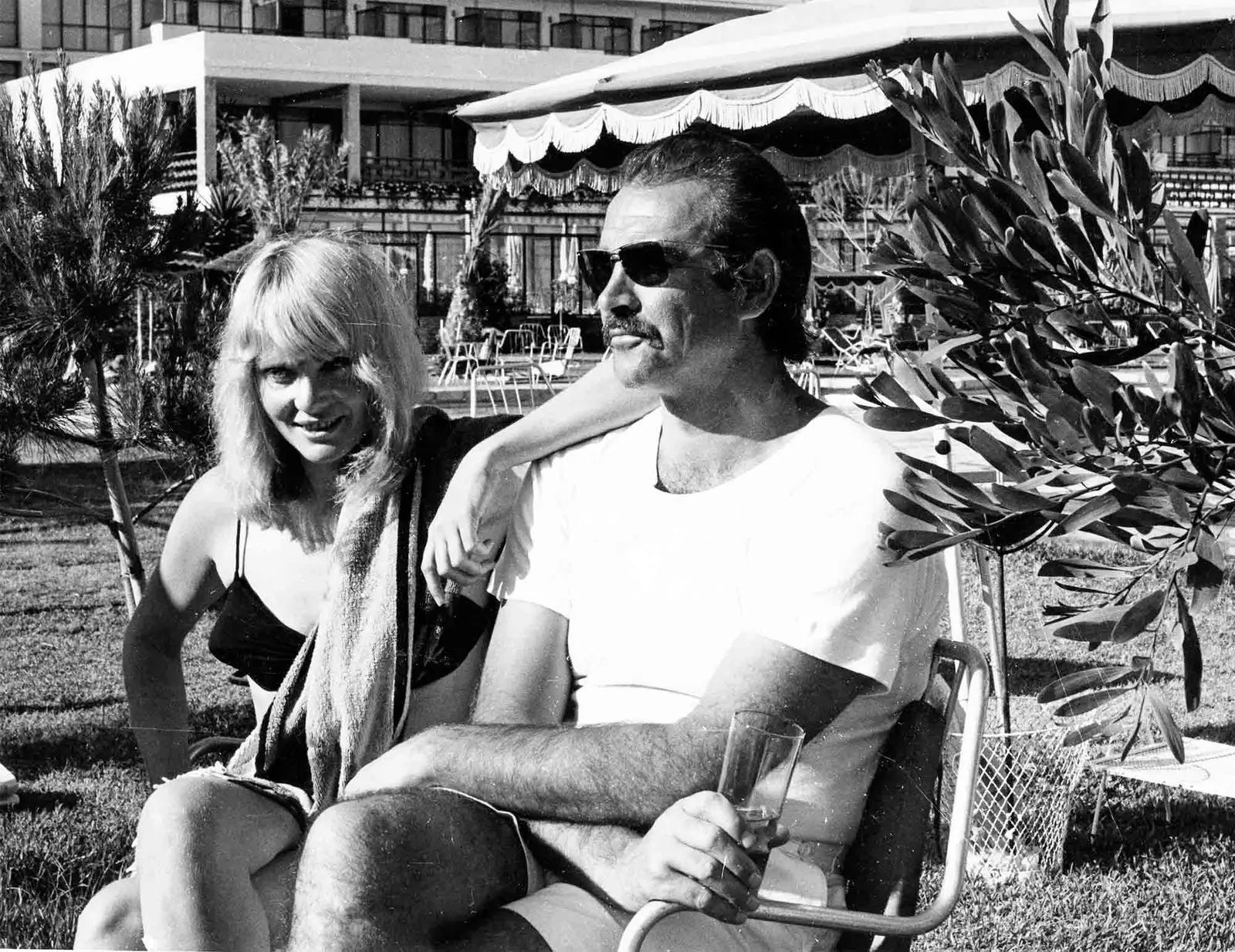
Sean Connery with Diane Cilento in Marbella during the 1960s
"I BECAME MAYOR TO DEFEND MY HERITAGE"
“In 1991, a businessman who became president of Atlético de Madrid wanted to brick the most international tourist city in Spain with 5,000 homes. He had 20,000 million pesetas in unsold flats and the best option to make money was to run for mayor . 'I became mayor to defend my heritage', he defended himself without embarrassment", published El Confidencial.
His appearance on the city's political scene came at a key moment, when it was affected by a serious real estate crisis aggravated by the fact that the British retirement community, very large in the area, fled in droves due to the drop in pensions and the collapse of the pound.
“Jesús Gil arrived at a critical moment in Marbella, in which the city had begun to be very neglected and dirty , and the investment in infrastructure by the different municipal governments had been almost non-existent, which was not enough to satisfy the great growth experienced by the city's population”, argues Clover for Traveler.es.
The real estate entrepreneur, who qualifies as “sweet victory” Gil's entry into the mayor's office, considers that, at first, the new mayor and his team created "an ingenious system" to carry out municipal works, "despite the fact that the municipal coffers were empty and they did not seem to have the means to funding either". The same, in his words, was based on deliver municipal plots to construction companies in exchange for construction units as a form of payment, in order to improve the "unfortunate" state of the city's infrastructure.
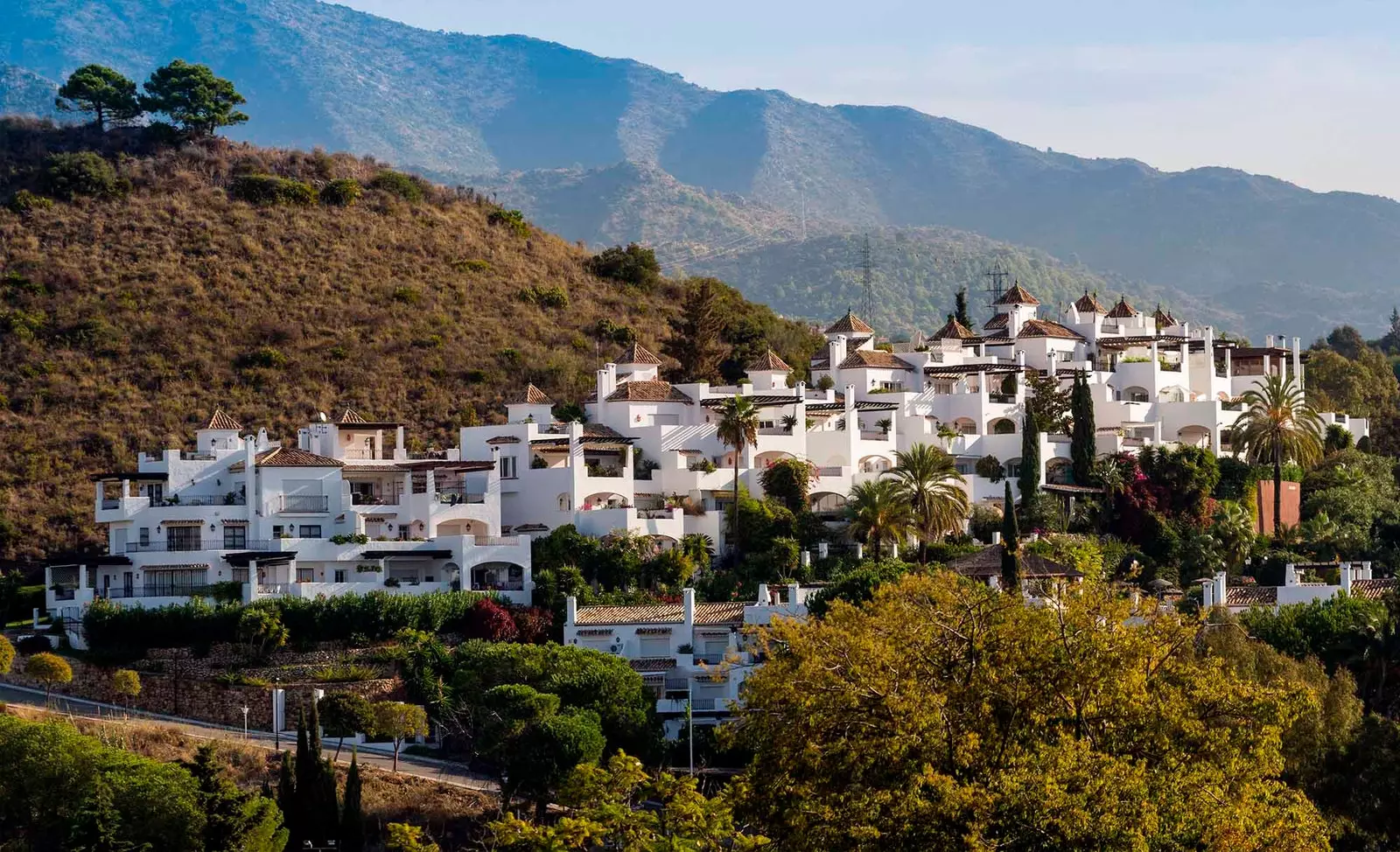
Marbella constructions have not always respected the spirit of "the pioneers"
“This formula worked with great success, and in just three years, the difference was very noticeable. Also, thanks also to Gil's funny character , the flight of tourism had diminished, and Marbella began to gain fame again with the return of many national and international personalities. Marbella, in Gil's early years, was truly the city of show business in the 90s thanks, in large part, to his performances”, recalls the American.
“The other side of the coin was the corruption that began to arise, the enormous urban problems that resulted from the approval of building licenses based on the 1998 General Plan that was never approved... In short, the urban problems that have affected and continue to affect Marbella in a very important way and that are more that acquaintances”, concludes Clover.
Little remains today of "the Marbella of the pioneers" , as the neighbor and journalist Felix Bayón called it, whose layout was still dictated by "the Central European aristocrats who had secluded Andalusian houses built in which the trees were the guardians of their privacy". The town continued to grow in the same direction before Gil arrived, "quite neglected", yes, but "slowly, without departing from the dreams of the pioneer Ricardo Soriano: scattered urbanizations, groves, many open spaces..."
" In Gil's Marbella, taste is dictated by smugglers who have become rich with the fall of the Berlin wall and want to exhibit the fruits of their robbery by elevating their houses so that it can be seen from far away that they are as rich as they are tacky", Bayón summed up the end of that fairy tale that began in some pine forests overlooking the sea... and has culminated in a gray landscape of "lumpy apartment buildings".
